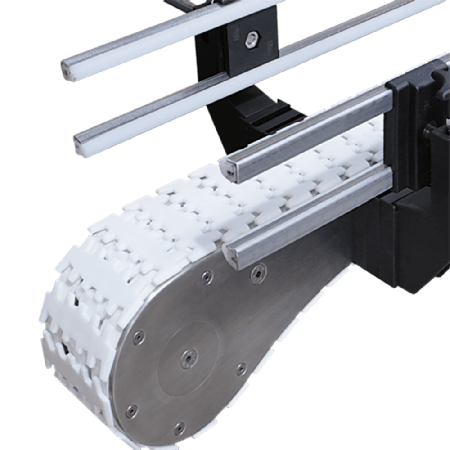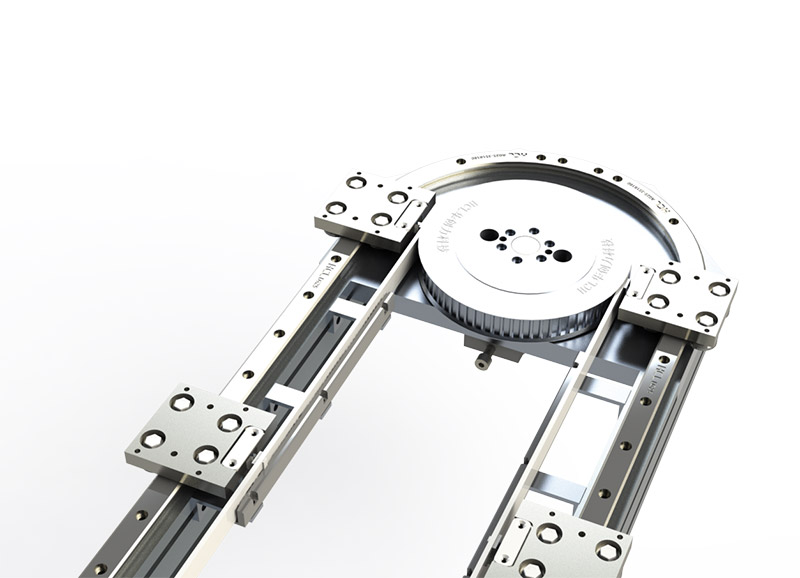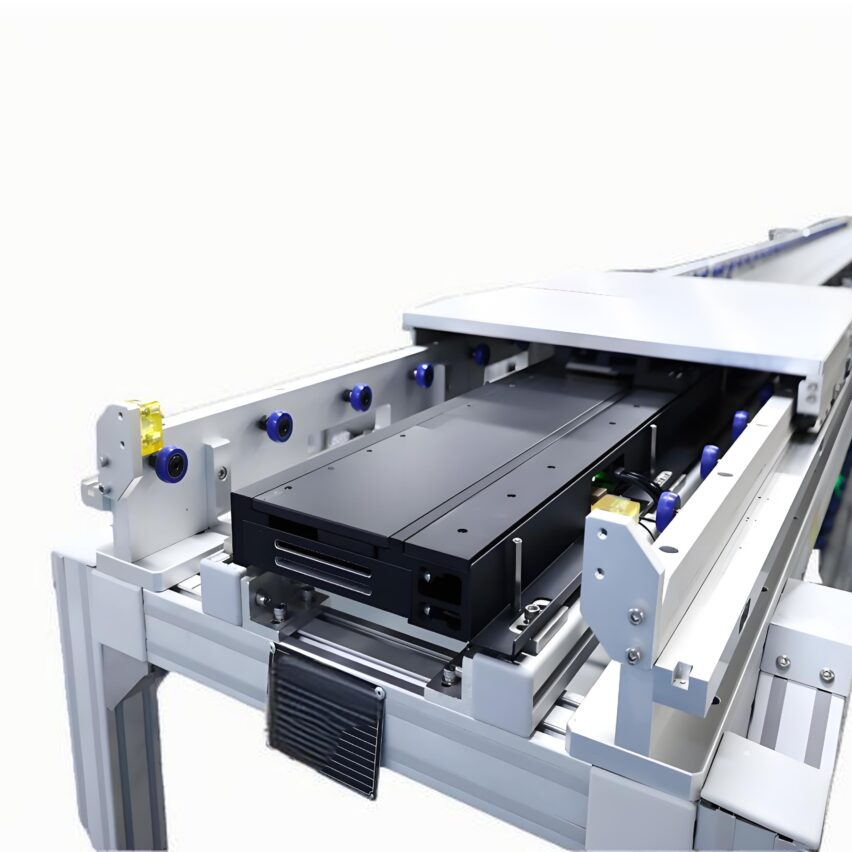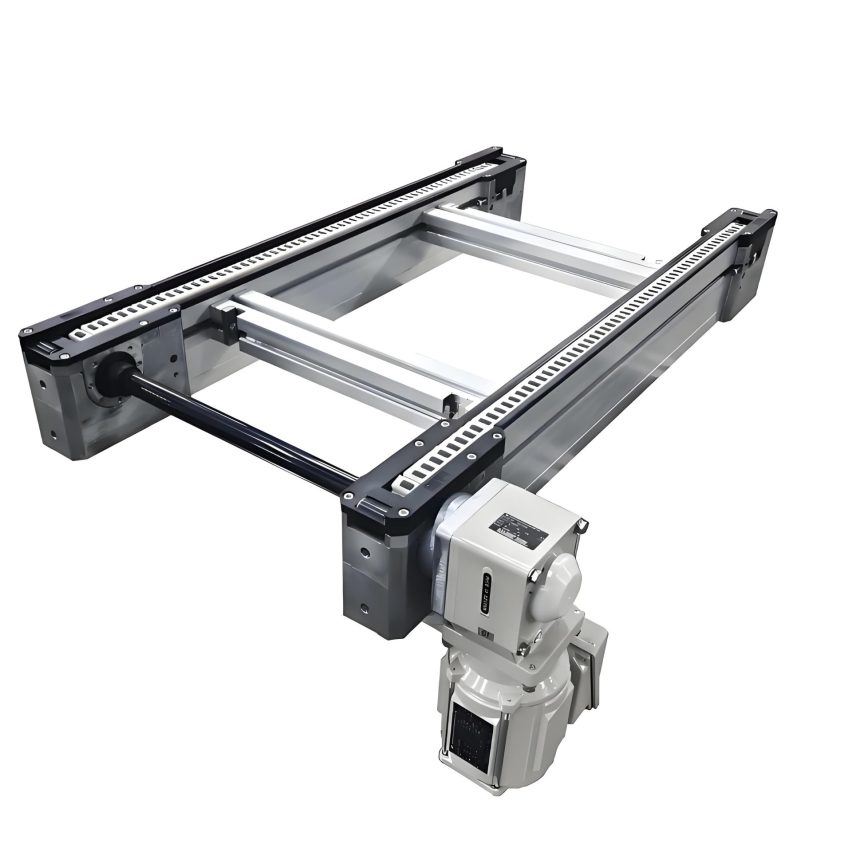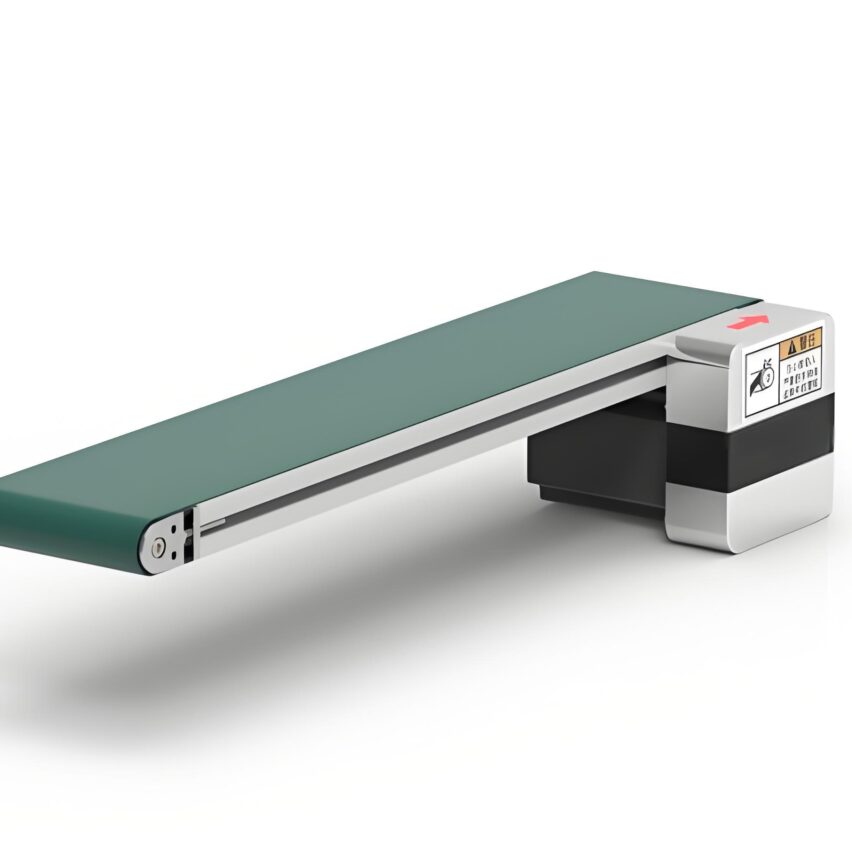I. Foundational issues: nature of technology and core values
-
什么是Intelligent Synchronised Positioning Technology?
The technology achieves centimetre-level accurate positioning of conveyor belts in dynamic operation by fusing multi-source sensing data (e.g. LIDAR, vision systems, inertial navigation) with real-time algorithms. The core lies in the use ofModel Predictive Control (MPC)Constructing a mathematical model of the conveyor system, rolling optimisation of the control parameters, and combining theAdaptive filtersDynamically adjusts positioning accuracy under environmental disturbances. Compared to traditional mechanical positioning (e.g. pulley tensioning devices or optical encoders), the breakthrough lies in real-time responsiveness and anti-interference capability.
Why is there a need to improve the efficiency of tape delivery?
Conventional conveyor systems cause three major pain points due to misalignment:- Material loss: Belt deflection causes tearing (case of mine with over 10 million annual losses);
- energy wastage: Idling or overloading increases the motor load (inverter drive optimisation saves 20%);
- artificial dependence: Patrol blindness leads to delayed fault response (48 hours lost in an iron ore mine due to stalled rollers).
Intelligent synchronised positioning directly increases equipment utilisation and capacity by precisely controlling conveyor speed and start/stop sequences.
II. Scenario Issues: Technology Landing and Practical Paths
-
How are industrial scenarios deployed?

- Mine transport: Adopting multi-robot collaborative positioning, sharing of roll sound pattern and temperature data (e.g. KDDI fibre-optic sound pattern system) to achieve 24-hour monitoring of 2,000 rolls, and speeding up the fault warning response by 80%.
- Coal transport in power plants: Integration of digital twin (e.g. Jiangxing Intelligent 3D modelling) and AI vision, real-time detection of belt runout and foreign material accumulation, and improvement of overhaul efficiency by 50%.
- Light Industrial Sorting: Negative pressure adsorption synchronous belt (Patent No. CN203392032U) combined with pumping hole positioning, the sorting error rate is reduced to 0.1%.
How are key technologies selected?
Type of technology Applicable Scenarios Precision Advantage LiDAR positioning Dusty environments (e.g. underground coal mines) ±2cm dynamic positioning UWB radio frequency positioning Long-distance conveying lines Resistant to multi-path interference visual inertial convergence Complex pattern recognition (e.g. packaging lines) Sub-pixel calibration
III. Solutions: risk avoidance and escalation strategies
-
Response programmes to technological failures
- Signal Loss Scenarios: Deployment of inertial navigation (IMU) as a redundant system to maintain short-term positioning through angular velocity integration, with a downtime reduction of 601 TP3T after application at an automotive plant.
- multipath interference: Adaptive Kalman filtering (e.g. particle filtering optimisation) is used to attenuate reflection errors from metallic environments.
- algorithmic delay: Dedicated chips to accelerate SLAM computation (e.g. FPGA parallel architectures) to compress the processing latency to within 10ms.
-
Future Upgrade Direction
- green energy efficiency: Dynamic power regulation with variable frequency drive and load adaptation (annual electricity savings of more than a million);
- Predictive maintenance: Bearing life model based on acoustic pattern/temperature and vibration data (KDT solution to reduce maintenance costs by 30%);
- cross-systems integration: 5G+BeiDou to build a full-area positioning network (<5cm positioning error for port conveyor systems).
Intelligent synchronous positioning technology is moving from single-point optimisation to system reconfiguration. As shown in practice at a 10 million tonne open pit mine: through theAlgorithmic speed control(MPC Rolling Optimisation).Device Status Awareness(Acoustic Stethoscopy System).O&M digital twin(HT engine three-dimensional visualisation) of the three-layer linkage, conveying efficiency increased by 40%, verifying the value of the technology from "accurate positioning" to "global efficiency" leap. In the future, with the breakthrough of special chip arithmetic and the cost reduction of multi-source sensing, this technology will become the nerve centre of Industry 4.0 conveying system.




